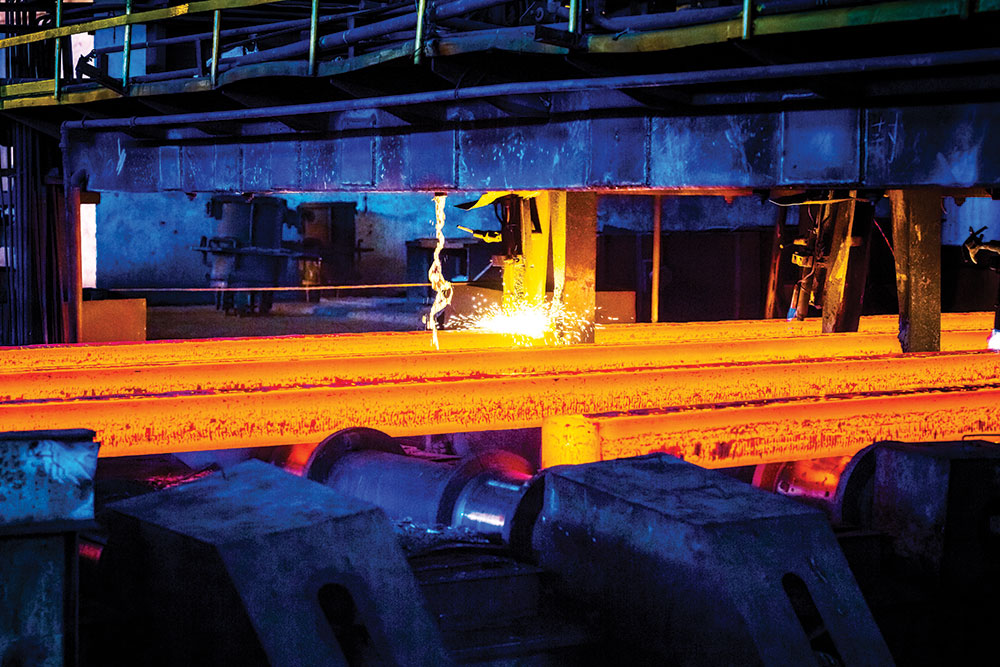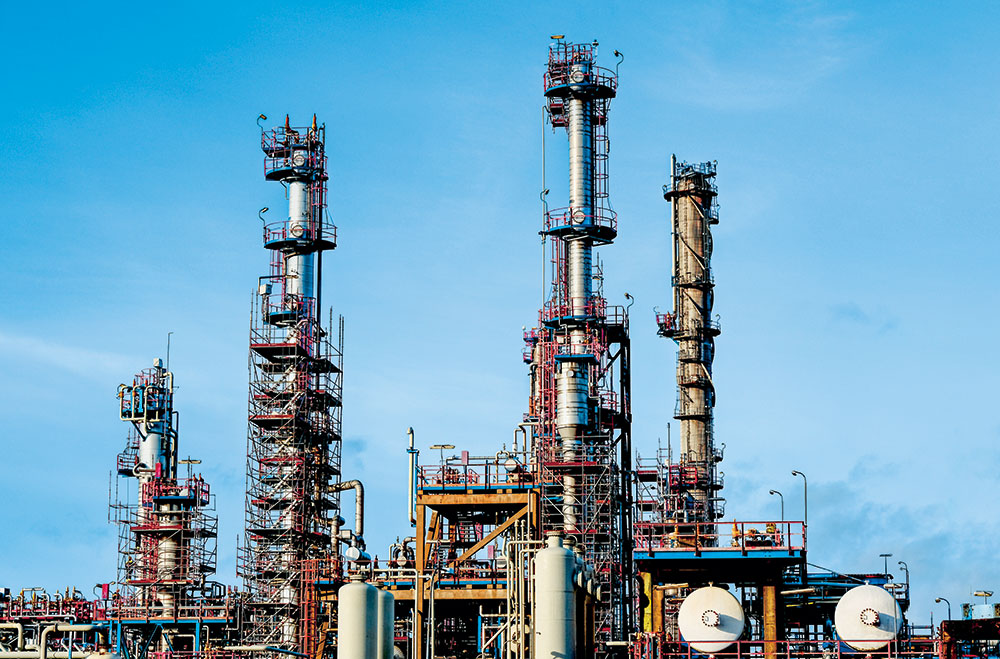Russia and Ukraine together, export about 40 Mn tons of steel per annum to the global market. These exports are mainly to Europe, the Middle-East and North Africa (MENA) region.
The Russia-Ukraine rift has added opportunities for the Indian steel Industry. In the preceding year, almost a third of India’s steel and iron ore exports were headed for Europe. Trade data showed that India exported 20.63 Mn ton in 2021 which was mainly to Italy, Belgium, Turkey and Vietnam.
- Offsetting the imbalance
Steel mills in India are stepping in to fill a supply gap created by this rift, as consumers from Europe to Africa are turning to the world’s second-largest producer. It has also pushed companies from Europe, the Middle East and Africa to reach out to Indian producers, since there is a shortage of steel in these regions. This supply gap is being narrowed partly by India and partly by China. Indian steel majors are expecting sizeable orders from these nations, even as steel prices have jumped 20 percent in the last few months.
- Paying the price
One of India’s leading steel manufacturers expects the demand created by cuts to supply from Russia and Ukraine, to boost its exports up to 40 percent of sales from the current 25 percent, as it looks to take advantage of record high steel prices. While Indian manufacturers were exporting about 25 percent, they expect to export about 35-40 percent in few months’ time, and take a share of the higher prices.
Considering the global market, current volatility and the demand for steel, it is expected that the additional export market may continue for the next 6-9 months at least. Geographically, India is in an advantageous position than China, a probable competitor in this capacity- supply trend.

- Close to home
Another key factor is having iron ore supply within the country which helps subsidise high input cost of raw materials compared to competitor countries.
This additional demand in the international market has not only pushed the price up internationally, but in the domestic market as well. There has already been an incremental rise in domestic steel prices. Therefore, despite very high input cost of raw materials, steel makers are benefiting overall. Domestic consumers are finding it more convenient to buy from local mills rather than importing.
With a full order-book of international and domestic clients, Indian steel mills are going to have production pressure, and are expected to run close to ‘full capacity mode’ for some time, till stability is attained.
